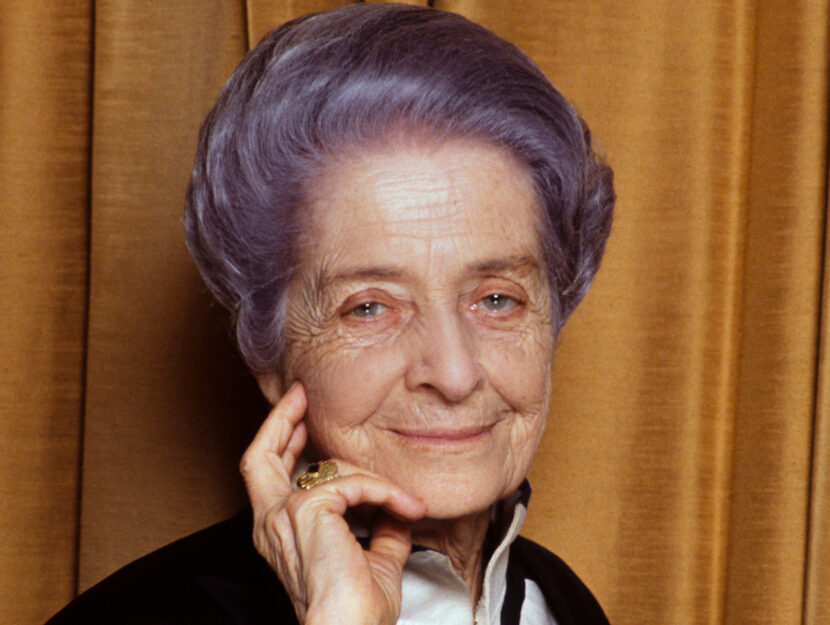


Eventually, in 1986, she and Cohen shared the Nobel for their discoveries. It was in St Louis that she joined a biochemist, Stanley Cohen, to prove the existence of nerve-growth factor (NGF), finally silencing her critics with the publication in 1971 of the elusive protein’s structure. Once the war was over, Hamburger noticed the clarity of her work he invited her to St Louis to continue her experiments, and there she stayed, on and off, until her retirement in 1979 (though she never really retired, snapping that it led to decay of the brain). Her own experiments, using scalpels made out of sewing needles, persuaded her that what the buds actually produce is a substance that stimulates nerve growth. In 1934 Viktor Hamburger, an embryologist at Washington University in St Louis, Missouri, had suggested that limb buds produce an attractive chemical signal. Levi, barred too, now came to work for her in secret, their roles reversed.įirst there, and later in a safer house in the countryside (where she would cycle round from farm to farm, collecting the necessary eggs), the pair worked on the problem she made her own: how nerves growing out from an embryonic spinal cord find the particular developing limbs they will innervate. Undaunted-laughingly defiant, in fact, that il Duce should think her “inferior”-she set up a primitive lab in her bedroom to carry out work on chicken embryos. The fascists, however, had other plans for her, and in 1938 barred her from academia. On her graduation in 1936 she became an assistant to Giuseppe Levi, a histologist who taught her the technique of silver-staining nerve cells so that they could be seen more clearly under a microscope.

Quite against his wishes, she enrolled in medical school. Her father, a mathematician, electrical engineer and all-round “Victorian”, believed that women should not study. The battles raged right from the beginning, at the heart of her wealthy Jewish family in Turin. Both were a matter of precision, of flair, and of insisting-sometimes loudly, sometimes in silence-on what she wanted. Along the way, she proved that you can exude bella figura from every pore and still win the world’s highest intellectual honour. She conducted her early experiments in hiding, but rose to the pinnacle of Italian public life. Rita Levi-Montalcini saw her scientific discoveries sniffed at throughout the 1950s and 1960s, only to win the Nobel prize for physiology in 1986. Valente’s attention to detail and immense admiration for her subject shine through on every page of this work.THE advantage of living to a very great age is that you tend to have the last word. “Levi-Montalcini’s remarkable life is nothing short of inspiring. Over the next two decades, she spoke around the globe as an ambassador for science and humanitarianism and accomplished more than most do during an entire lifetime. When, at seventy-seven years old, she and Stanley Cohen won the Nobel Prize for their discovery of nerve growth factor-now used in search of cures for Alzheimer’s and Parkinson’s diseases-Rita felt like her life was just beginning. Rita’s courage to accept a fellowship in the United States when she didn’t speak the language was repaid when her six-month stay stretched into thirty-three years. In a makeshift lab built from black-market items, Rita continued her research in a small space she shared with her family. But as a Jew in fascist Italy, her work came to a halt with discriminatory race laws and again later, when she was forced into hiding from the Nazis. Prevailing over her father’s traditional values, Rita attended medical school and continued to study the development of the nervous system after graduating. “My experience in childhood and adolescence of the subordinate role played by the female in a society run entirely by men had convinced me that I was not cut out to be a wife.”


 0 kommentar(er)
0 kommentar(er)
